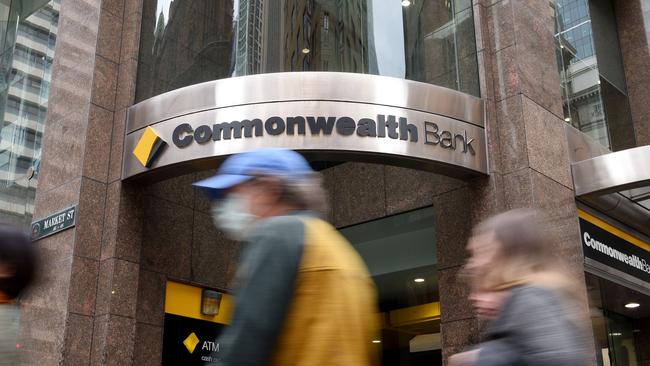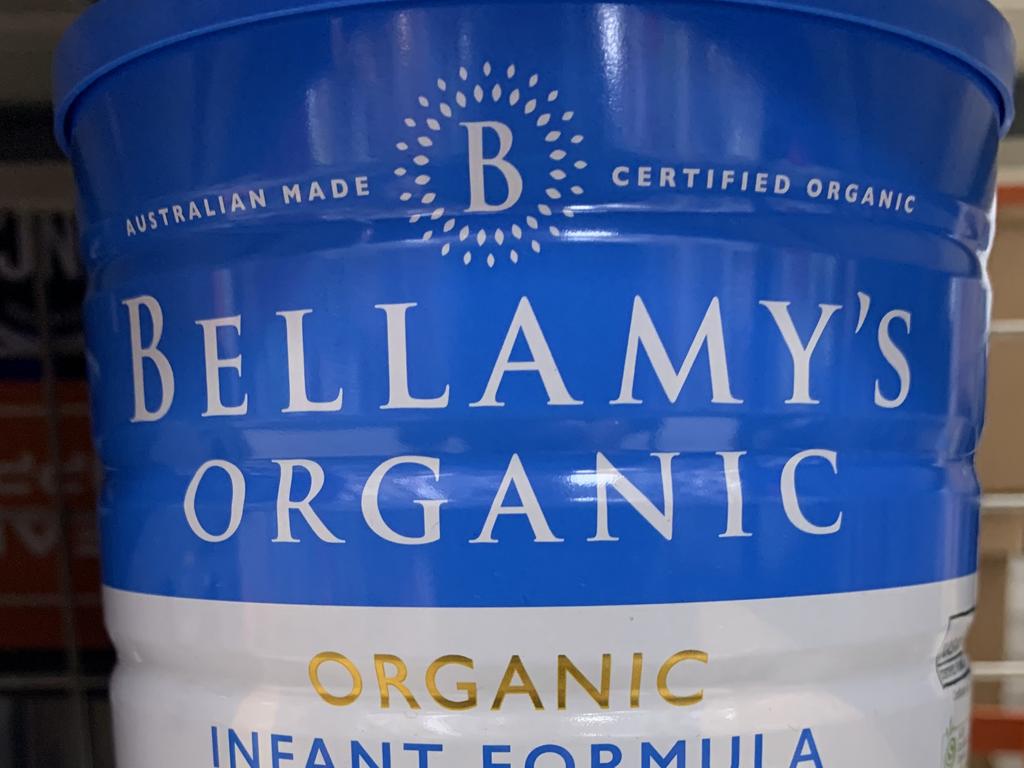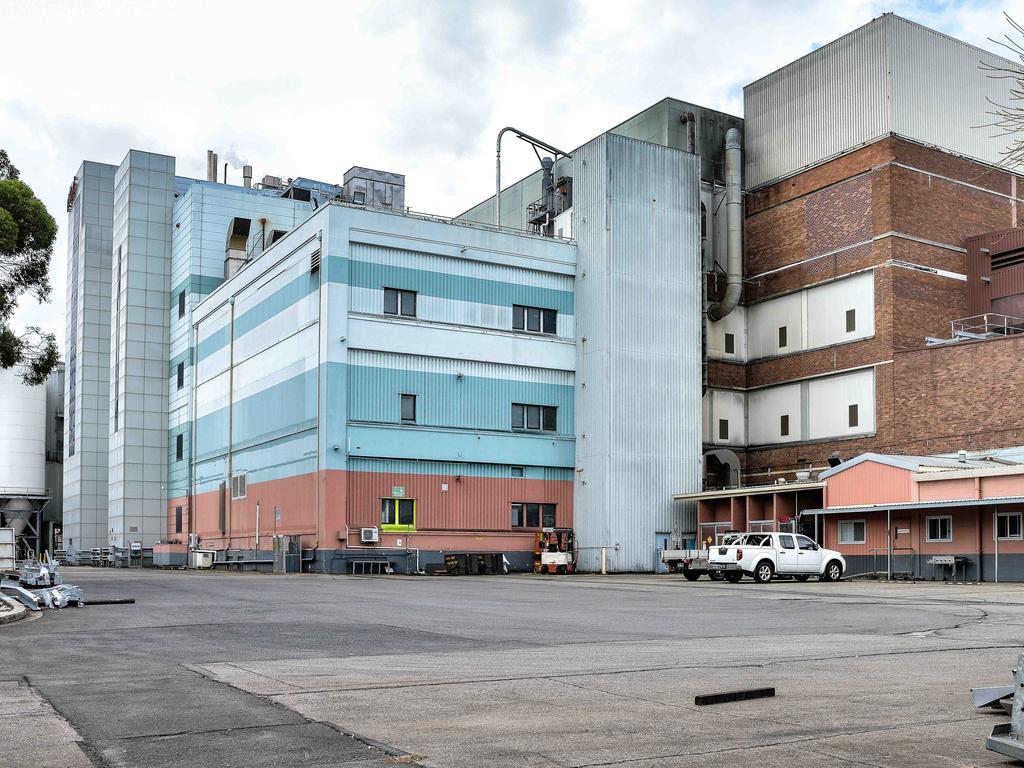ACCC promises much with home-loan market pricing document

In his usual Delphic way, ACCC chairman Rod Sims has promised an “interesting” document when the competition regulator hands over its final report on pricing in the home-loan market to Josh Frydenberg by the end of this month.
Sims flagged a handful of recommendations to the Morrison Government, along with a few probes into possible breaches of the Competition and Consumer Act.
“There’s a couple of investigations going on, and they’re extremely interesting,” the competition tsar told Four Pillars on Tuesday.
The comprehensive review of the home-loan market was the first body of work undertaken by the ACCC’s financial services unit, which was established by the previous Turnbull administration in 2017 with $17m in funding over five years.
The final report will examine barriers faced by consumers if they want to switch to an alternative mortgage supplier.
Industry practices like bundling other products, including credit cards, mortgage offset accounts, insurance and transaction accounts, will be a clear target, because they tend to lock in customers to their existing lender.
The package option often includes an attractive discount.
Asked in a parliamentary hearing last year if the inquiry would look at bundling, ACCC executive general manager Marcus Bezzi said: “We are particularly looking at the strategies the businesses employ to take advantage of consumer inertia and really prevent, or discourage, people from leaving”.
The ACCC project has a long history, dating back to a deep dive into lenders subject to the bank levy to ensure they didn’t pass on their higher costs to mortgage customers.
It proceeded to skate over the foreign exchange services market, and in October last year was directed by Frydenberg to inquire into the supply of home loans.
The Treasurer retaliated against the four major banks after they ignored his call on three separate occasions to pass on 25 basis-point Reserve Bank rate cuts in full to their borrowers.
Instead of a 75 basis-point cut in variable rates, customers only received an average of 57 basis points.
Frydenberg not mucking about
By holding an inquiry under the Competition and Consumer Act, the ACCC was able to use its compulsory information-gathering powers to view the banks’ decision-making documents.
The interim report, delivered to the Treasurer in April, examined home-loan prices charged by the four major banks from January 1, 2019 to October 21, 2019.
Among other things, it quantified the “loyalty” tax paid by existing customers.
As of September last year, they were found to be paying an average of 26 basis points more than customers with new owner−occupier loans.
The ACCC also said there was a lack of pricing transparency in the market, with headline rates failing to reflect the price actually paid by most customers, who are lured by discretionary and opaque discounts from their lenders.
This made it difficult for them to compare different mortgage products.
While recommendations against the banks in the final report would have been a political no-brainer a year ago, the industry is now not held in such poor esteem after its contribution to managing the COVID-19 crisis.
Frydenberg has 28 days to release the report after receiving it.
Deposit rates spiral
The long-term, downward spiral in deposit rates, which continues to hack into the living standards of self-funded retirees, shows no sign of abating after the Reserve Bank’s cut in the cash rate by 15 basis points earlier this month to 0.1 per cent.
Last Friday, Commonwealth Bank lowered its savings rates for the eighth time this year, with the Netbank saver rate staying at 0.05 per cent and the introductory rate tumbling 15 basis points to 0.55 per cent.
Canstar said on Tuesday that 11 providers had slashed their regular savings accounts over the last week by an average of 15 basis points to 0.54 per cent, with eight providers reducing their bonus savings accounts by 12 basis points to 0.88 per cent.
It’s the same old story - the system is awash with liquidity, as people and businesses react cautiously to the pandemic by putting consumption and investment on hold.
While APRA chairman Wayne Byres is delighted with the improved stability of the financial system, even he acknowledges that a little less restraint would benefit the economy.
CBA, meanwhile, has undergone a funding transformation since the financial crisis in 2008.
The nation’s biggest bank is now 74 per cent-funded by deposits, up a staggering 19 percentage points.
At last week’s September quarter trading update, CBA highlighted a further surge in deposits from $552bn in the June quarter to $580bn, with stable household deposits up $16bn to $295bn.
The bank’s wholesale funding requirements are in corresponding retreat as its deposit franchise thrives and CBA taps into the cheap term funding facility offered by the RBA.
However, as the cash rate hovers around zero, the downside for the banks is the margin crunch from an inability to offset the cost of repriced loans with lower deposit rates.
While the banks are hardly crying poor, CBA has about $200bn in deposits ring fenced from further rate cuts to avoid going into negative territory.
The share of major-bank deposits paying interest rates close to zero has increased to a little over 25 per cent of their non-equity funding, but a sizeable share is still offering rates of one per cent or higher.
Sadly for savers, that means the deposit squeeze will continue as the banks try to contain the margin damage.






